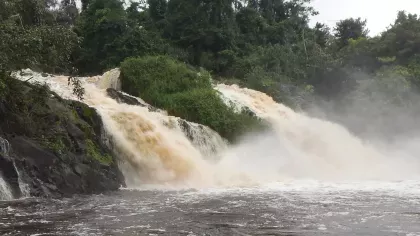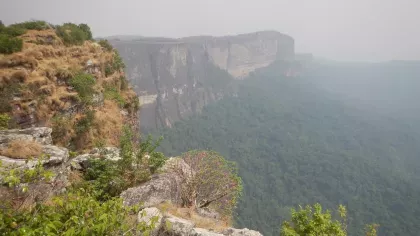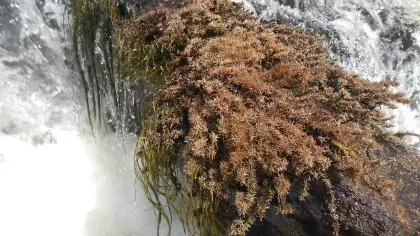20 June 2022
The extinct ‘orchid of the falls’
A rare species only recently identified as new-to-science is declared extinct.

Podostemaceae is a family known as “orchids of the falls”.
While the plant species within this family are not orchids, they are restricted to growing within falls and rapids where the water is fast-moving and aerated. Many of these plants are only just being scientifically described.
Within the family is Saxicolella, a genus of eight species that occur mainly in tropical regions. With our partners in Guinea, West Africa, we recently published several new species to science in the Saxicolella genus, including one, Saxicolella deniseae, or ‘Denise’s Saxicolella’, that we have declared extinct.
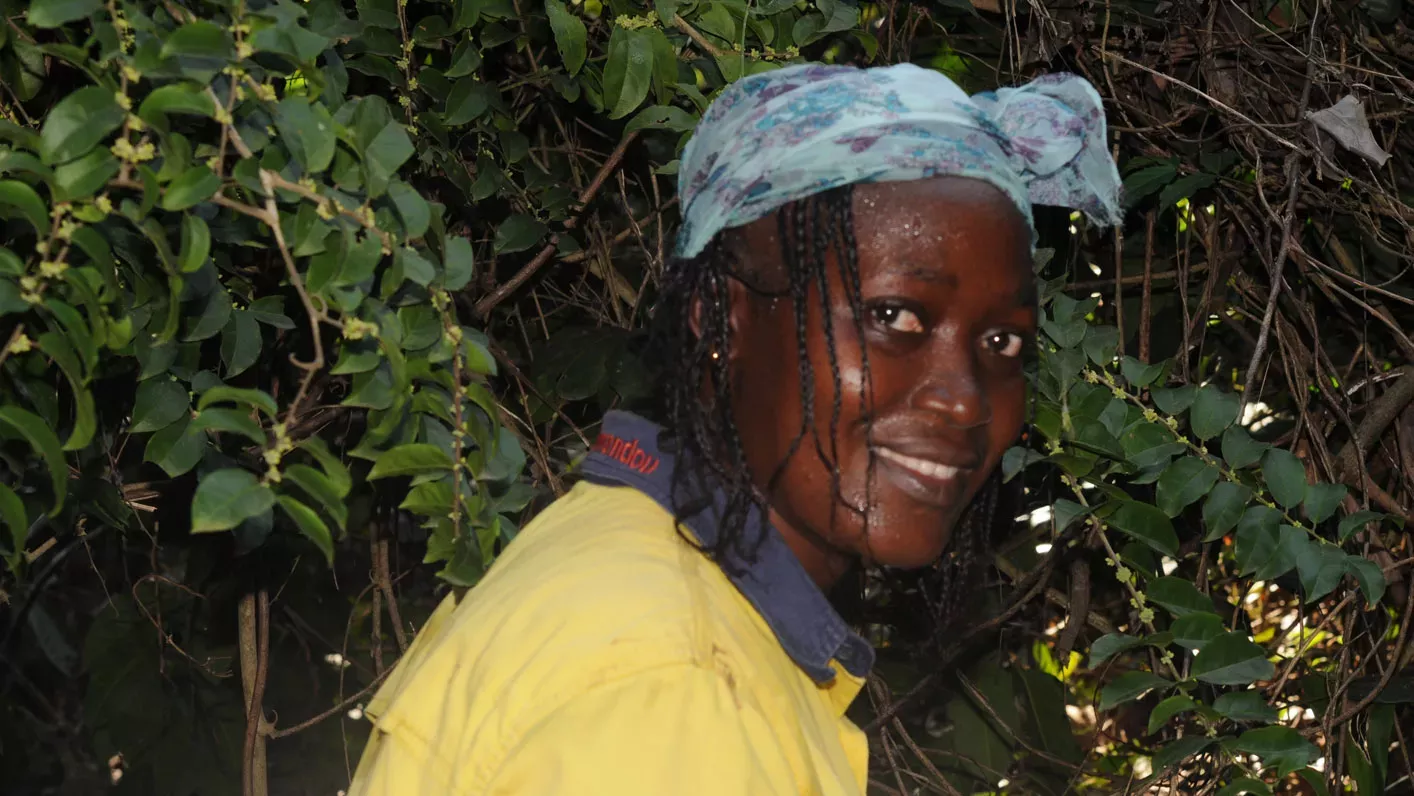
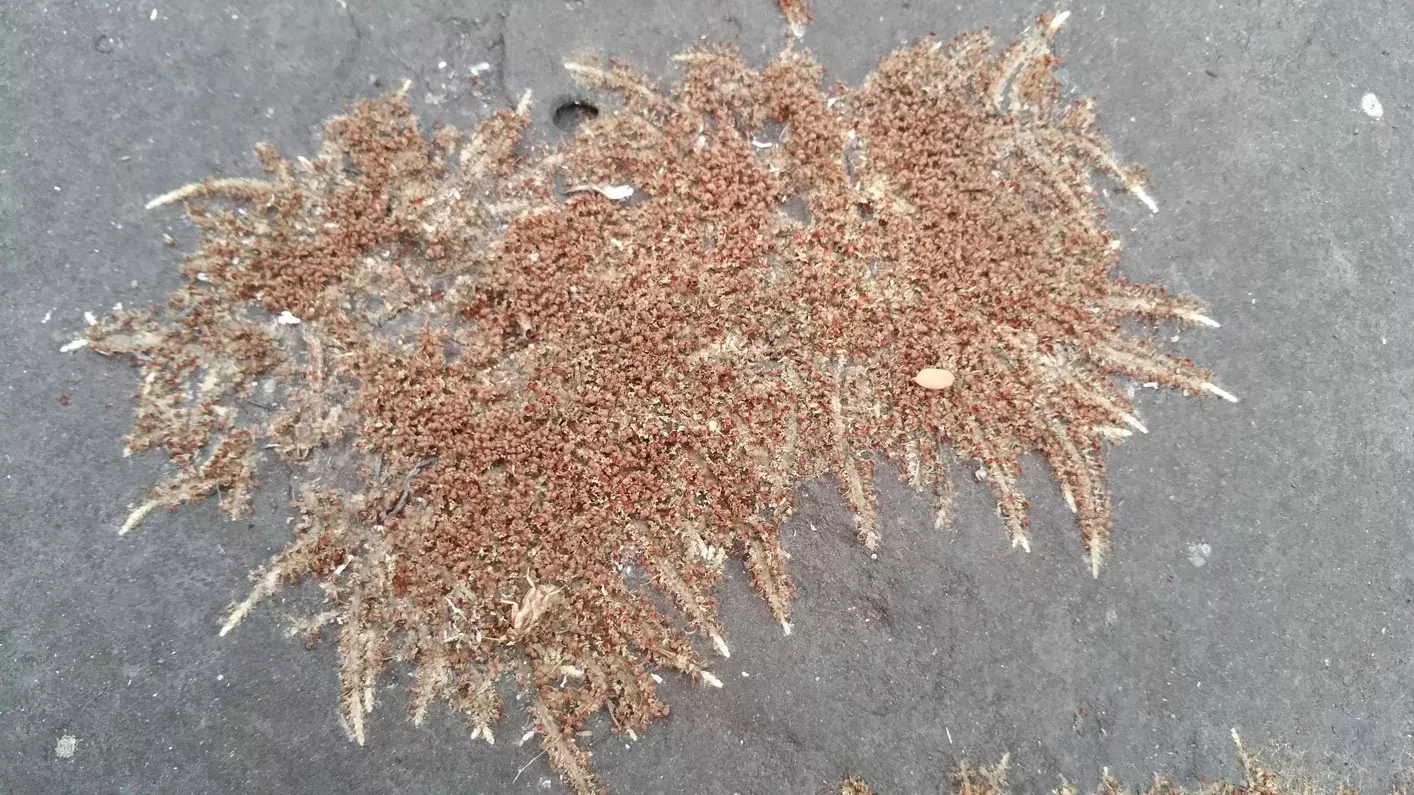
Gone but not forgotten
We believe that the species is endemic to a single location along the Konkouré River in Guinea which is now home to several newly constructed hydroelectric dams supplying energy to the region.
The only known specimen was collected by (and named after) botanist Denise Molmou in 2018 who is the first and likely last scientist to see the species in the wild. The specimen was collected as part of our Guinea Tropical Important Areas (TIPAs) programme which, with in-country partners, is identifying critical sites for plant conservation across the tropics.
The falls, located on a tributary of the Konkouré River, where S. deniseae was found, were targeted because there were no known collections of Podostemaceae plants along most of the river, despite the existence of multiple falls visible on Google Earth. This indicated no one had researched the biodiversity of plant life on the falls of this river.
On investigating the plant’s last-known co-ordinates using Google Earth satellite scans, we found in May, just before the paper was published, that the most recent satellite images, dated November 2021, show the location of the species submerged by reservoir waters from a hydroelectric dam 30 km downstream.
While we have genetic material in the form of a specimen, we cannot bring a species back to life from that, sadly.
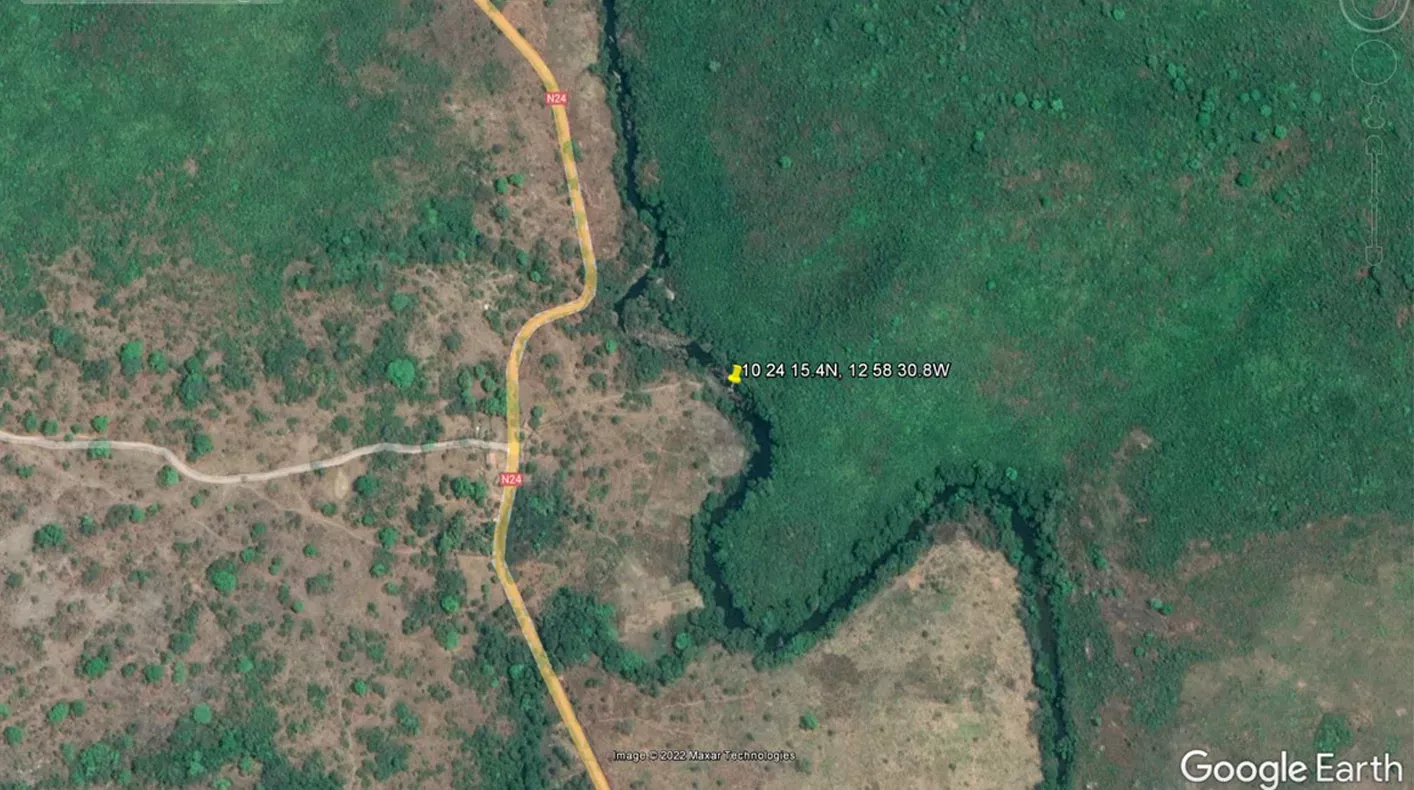
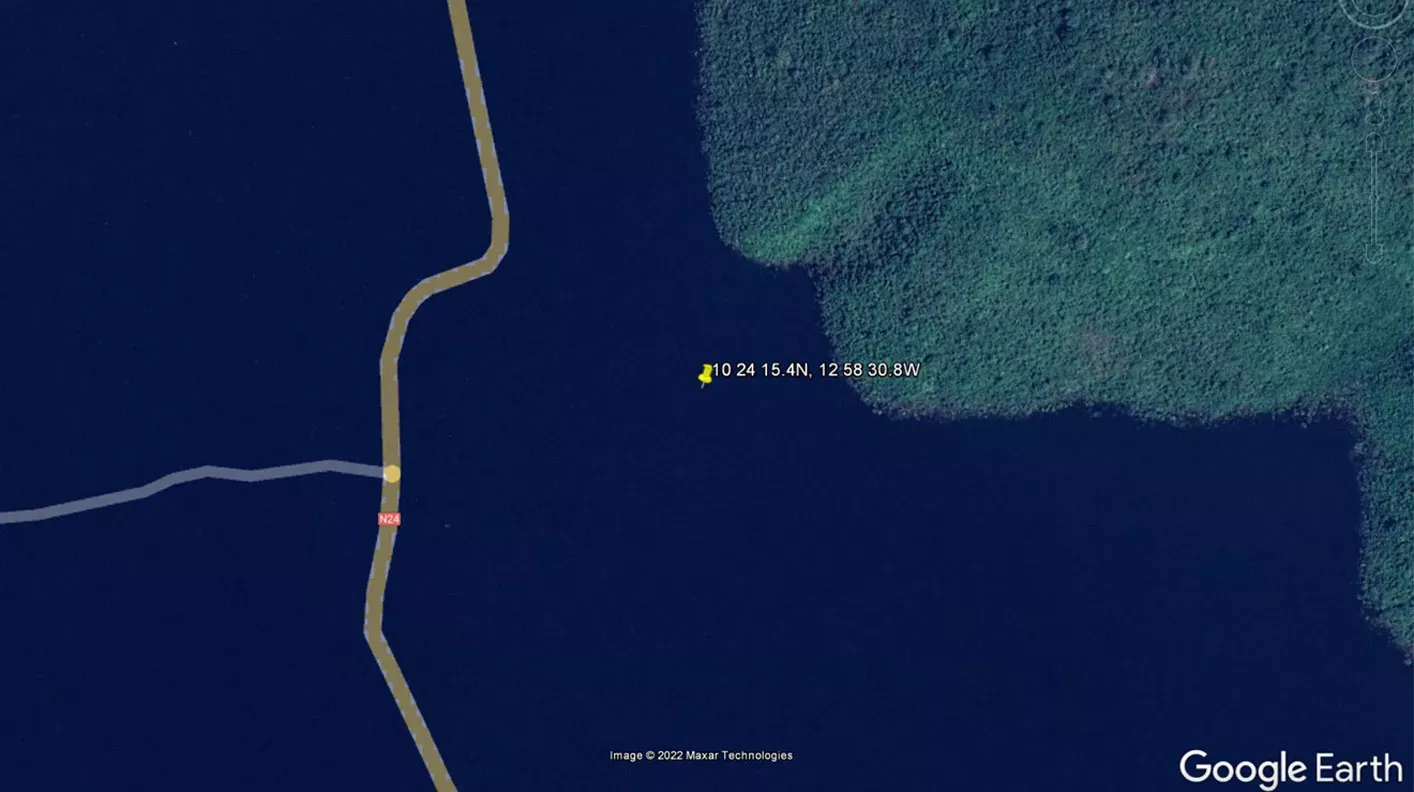
Hydroelectric dams and extinction
Sadly, we have been unable to collect and store any viable seeds that could preserve S. deniseae. We faced travel restrictions between 2020 and 2021 due to the Covid pandemic and our partners at the National Herbarium of Guinea were hindered by the internal turmoil of a military coup in September 2021.
There is still perhaps a chance that S. deniseae survives somewhere, somehow. But since this hydroelectric project, and another upstream, have flooded about 150 km of the length of the river, as well as the tributary, it looks extremely likely that this species is lost forever.
This case shows how unexpectedly, and sudden extinction can be.
While hydroelectric dams offer a supply of renewable energy, they can have devastating impacts on wildlife. It’s therefore critical that botanists carry out full studies of plants in waterfalls in tropical areas, particularly before plans go ahead to build hydroelectric projects.
It takes just a few hours to investigate a waterfall for “orchids of the falls” species, followed by additional time to identify the resultant herbarium specimens and find out if they are species threatened with extinction or not. Unfortunately, formal studies are rarely carried out before such projects go ahead.
Read the paper
Cheek, M., Molmou, D., Magassouba, S. & Ghogue, J-P. (2022) Taxonomic revision of Saxicolella (Podostemaceae), African waterfall plants highly threatened by Hydro-Electric projects. Kew Bulletin

